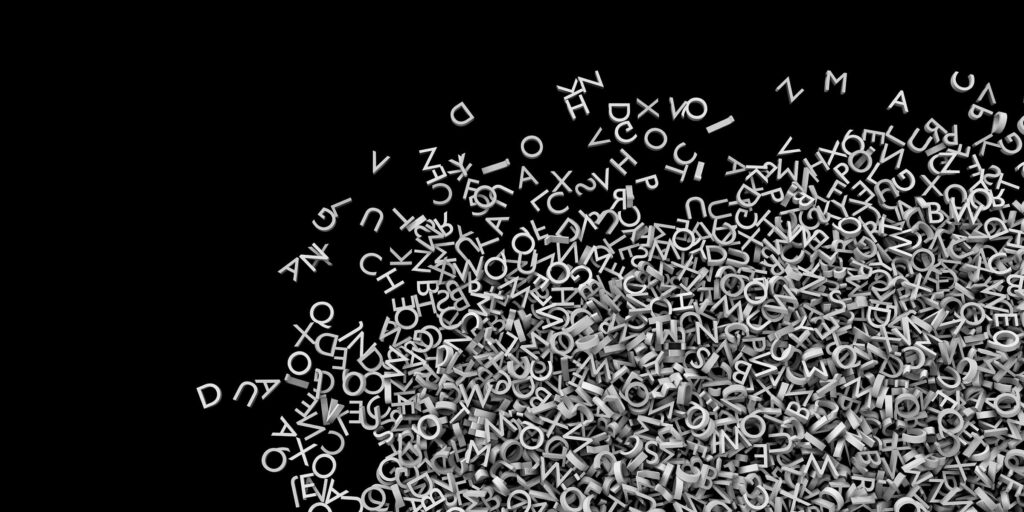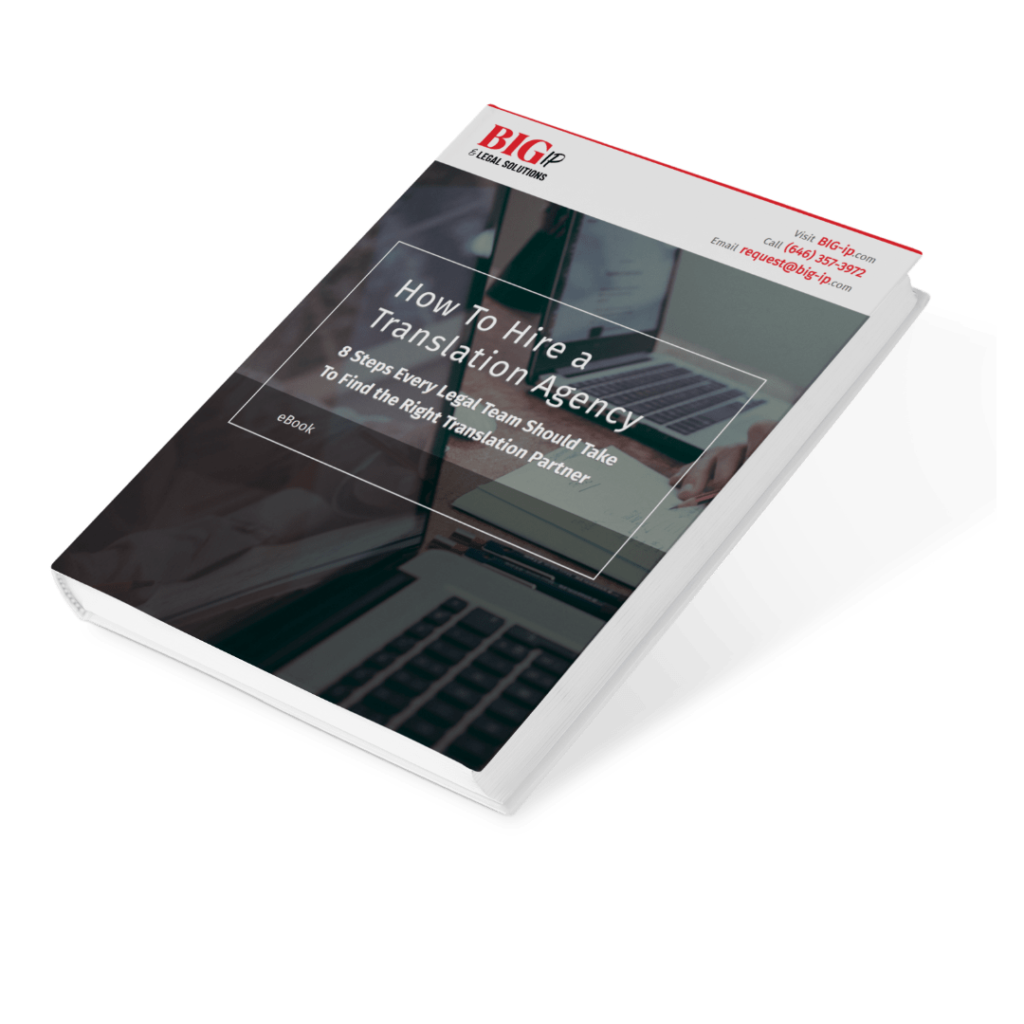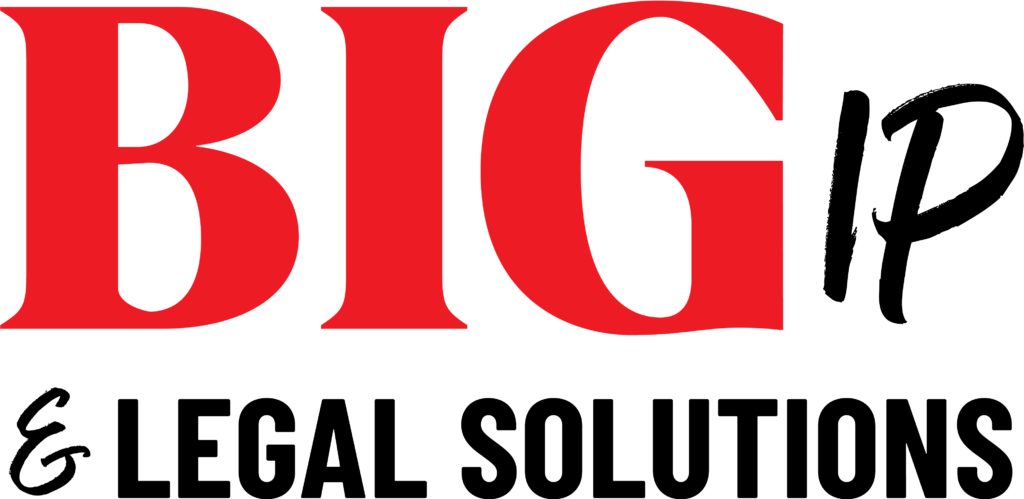
By Roxanne Le, Vice President of Global Operations and Martin Fessenmaier, PhD, Patent Agent, Umberg Zipser
How can one word cost billions of dollars?
Interpreted as “half liquid,” the wording at the heart of the IBSA Institut Biochimique – Teva Pharmaceuticals case was found to be indefinite in both District and Federal court. This single loosely defined term resulted in IBSA’s inability to defend its Tirosint soft gel capsule patent, costing the firm billions of dollars and the loss of the drug’s unique category position. The original Italian patent filing description long preceded a U.S. English patent application. The differences in descriptive language between the two filings had monumental impact.
The specific phrase “half liquid” was translated into English from “semiliquido” in the original application, written in Italian. During the appeal of the District ruling earlier in 2020, the Federal Circuit agreed with Teva’s position that a person of ordinary skill in the art (or POSITA) would not find the term half liquid clear and that using the descriptor “half” instead of “semi” implied a different meaning.
Senior patent agent Martin Fessenmaier, Ph.D. of Umberg Zipser LLP notes that machine translation or lack of proofreading by a technical expert were likely factors in the discrepancy. While some machine translation can be time-saving and effective, foreign language understanding requires expertise and the human eye to uncover the true meaning of intended concept and context.
“You can have the best product around, but if your translation is inaccurate or ambiguous, your rights to that discovery will always run the risk of being challenged,” he said.
This case is a cautionary tale, one that has put many companies on high alert about their original translation documents for key products. While translations may seem like an easy place to cut corners when so much gets invested in R&D, the opposite is actually true. Expert human translation focused on linguistic and technical accuracy helps protect your investment.
Of course, the IBSA-Teva case shows the worst-case scenario for an infringement outcome. But frequently, incorrect or unclear translations lead to office actions during filings, with added costs incurred to have translations revised or redone. These fixes also add significant attorney’s fees, with billable hours needed to manage the process and respond to notices.
Dr. Fessenmaier says that he and his team often see translations of official correspondence and even patents with errors that make proper understanding impossible. “A poorly translated word, as we’ve seen, can cost a company millions, and ultimately the rights to their product. It’s not a good strategy to try to limit words in an application to save money on translations and assume knowledge of common terms in one country will be understood in another. Every jurisdiction is different. Starting out with a good translation saves money, time, and extraordinary headaches down the road because it keeps your patents from being vulnerable.”
To hold up against challengers and infringers, he says patent translations need to encompass good grammar, syntax, and cultural nuance, completed by a native speaker with subject matter expertise. Ambiguity will cause costly problems.
In working with international clients, BIG IP utilizes expert translators with advanced degrees in related subject matters, like biochemical or mechanical engineering, to ensure translations are accurate and readability is smooth for patent examiners. A local patent attorney is engaged in every patent translation to make sure terminology is correct and consistent with previous cases. Our longstanding network of experienced agents can handle last-minute filings or patent office requests anywhere in the world.
While it’s a good idea to review patent portfolios to identify and correct weaknesses, it is more difficult to deal with translation issues after the fact. The time to pay attention to translation accuracy and quality is at the beginning of the process. Checking qualifications and quality control measures of translation partners, along with requiring transparency in the patent translation process, are keys to protecting valuable intellectual property.
The BIG IP translation process includes four levels of quality assurance.
Find out how it protects your patents and saves you money
Contact Us








